
Articles on Monarchy
Displaying 1 - 20 of 118 articles

What should have been a simple announcement to a sympathetic public turned into a spider’s web of conspiracy theories across social media. How did it all go so terribly wrong?

Rumours are out of control following the Kate Middleton photo controversy. It seems the royal family’s PR train is running off its rails.
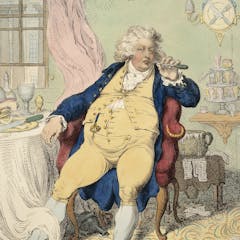
In the 18th century, managing public perceptions of the king’s fitness were as much about the health of the monarchy as they were about the health of monarch.

Is American democracy an ‘experiment’ in the bubbling-beakers-in-a-laboratory sense of the word? If so, what is the experiment attempting to prove, and how will we know if and when it has succeeded?

Queen Elizabeth II managed to claw back popular support after the PR disasters around her handing of Diana’s divorce from Prince Charles and her response when she died.

Having little political power has long been what has given the Swedish royal family its continued cultural and political relevance in modern times.

Gabon is resource rich, but the Bongo family’s continuous rule has been bad news for the country of 2.3 million people.
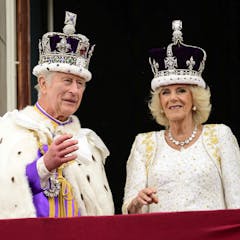
Canadians should learn the lessons of the U.S. and the U.K. to avoid idealizing a republic with a powerful president and at the same time acknowledge that a constitutional monarchy is no alternative.

The coronation oath speaks to the entire nation, but also broadcasts a global message of what the United Kingdom stands for.
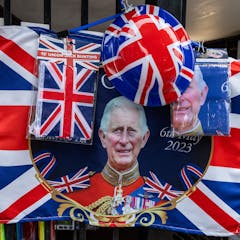
Not only can a republic be a member of the Commonwealth, even countries that were never part of the former British Empire are now eligible.
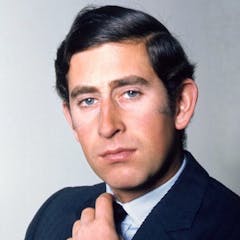
The coronations of these kings symbolise more than mere spectacle: they are a declaration of the new monarch’s intent as they transform from heir to sovereign.

In previous generations, a divorcee becoming king would have been unpalatable to many. But Charles embodies the modern character of monarchy and the liberal values of wider society.
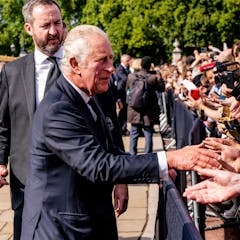
Ofcom guidelines ask broadcasters to use ‘due impartiality’ in reporting.

The coronation is a critical moment for King Charles to show that the monarchy can be more efficient and more sensitive to the legacy of British imperialism.

As Charles is crowned King, maybe the time has come for Canada to reassess its connection with the British monarchy and become a republic.

Racism aside, many of the difficulties they face are shared by all the royal families of Europe.

Migrant workers’ rights are indeed an ongoing issue in Qatar – but the country has passed reforms to improve workers’ rights, and it isn’t the only issue to define Qatar.

Despite not being at COP27, there are other ways for King Charles to showcase his commitment to the environment.

The title was last held by a Welshman in the 1400s.

Royal women play important roles in succession disputes, such as the naming of King Goodwill Zwelithini kaBhekuzulu’s heir.
